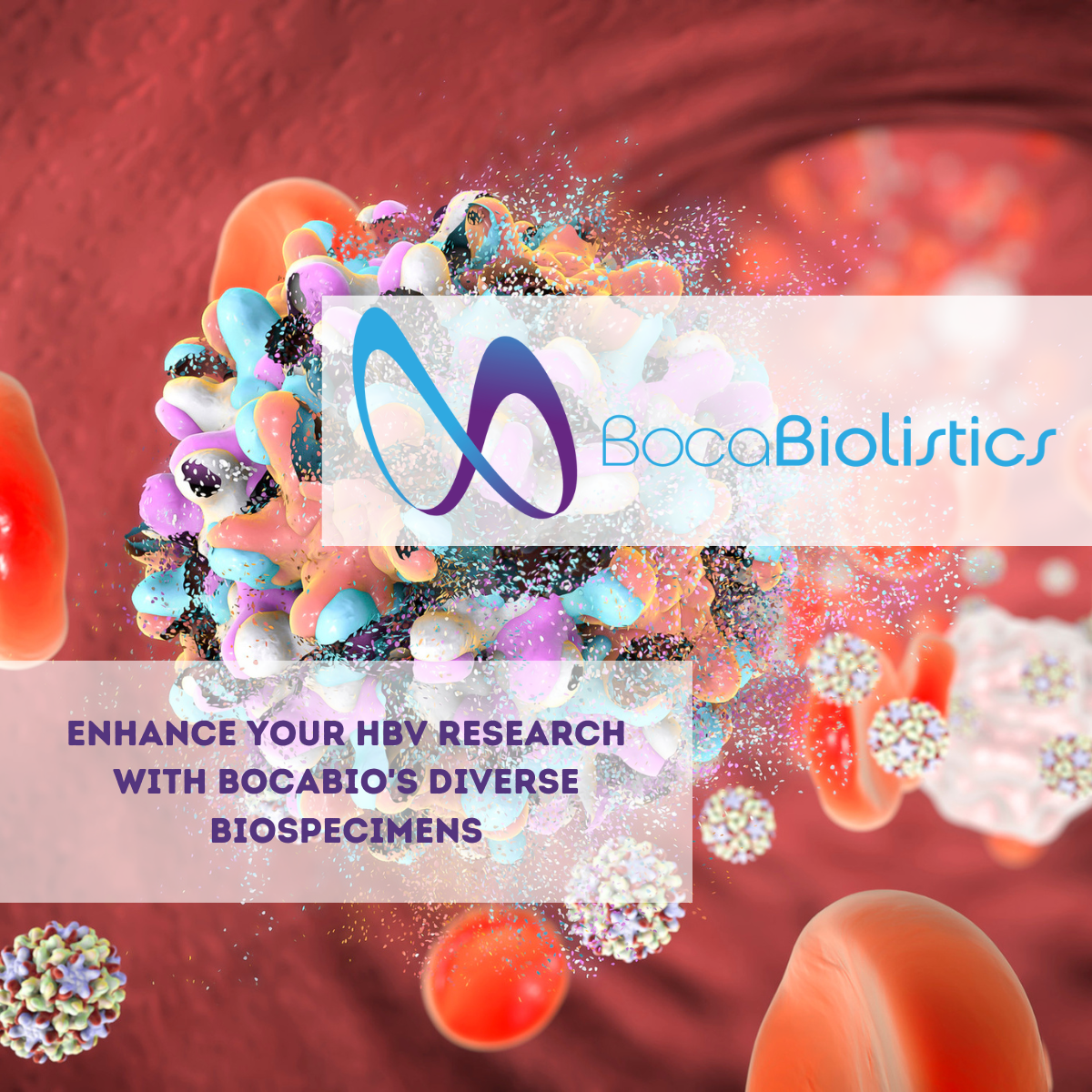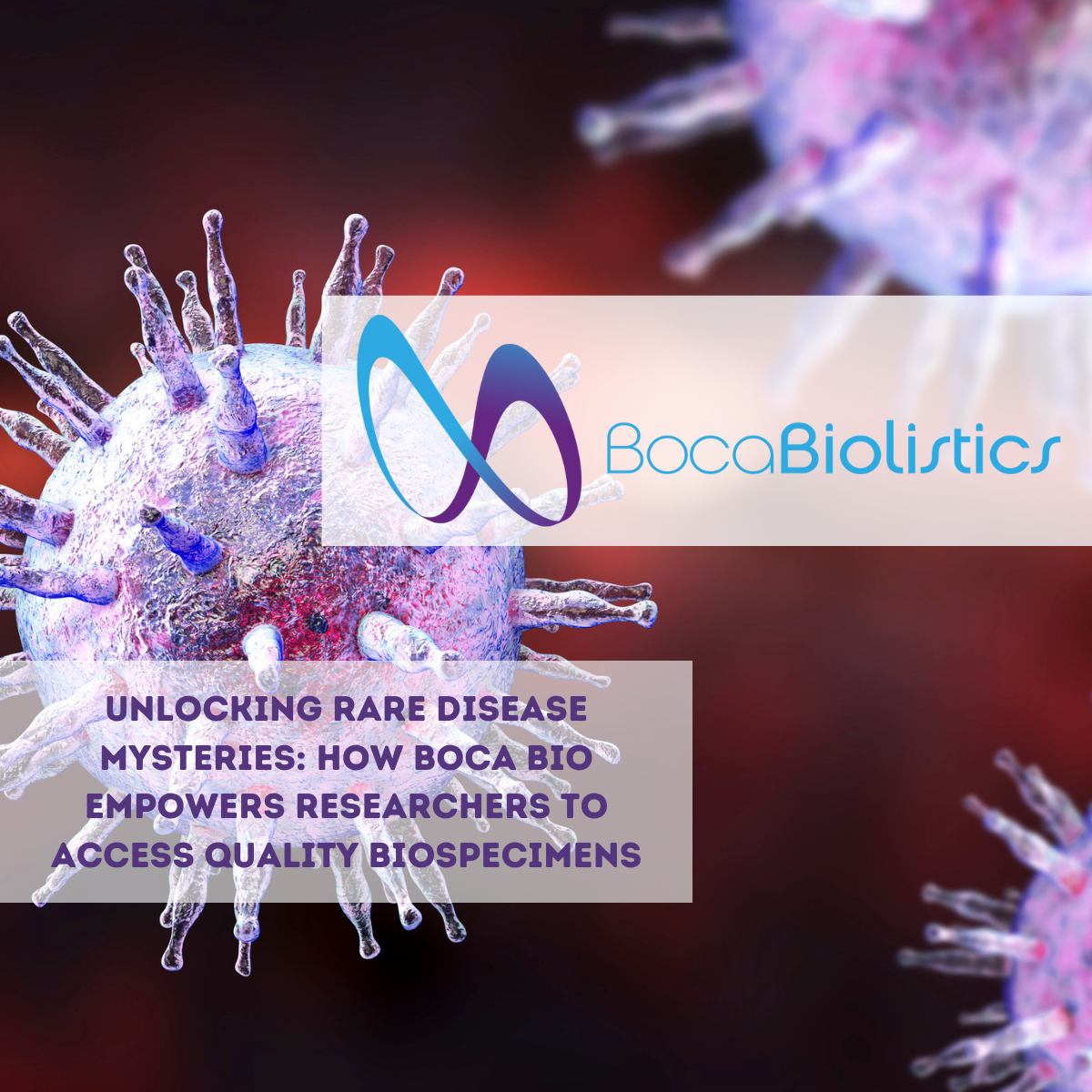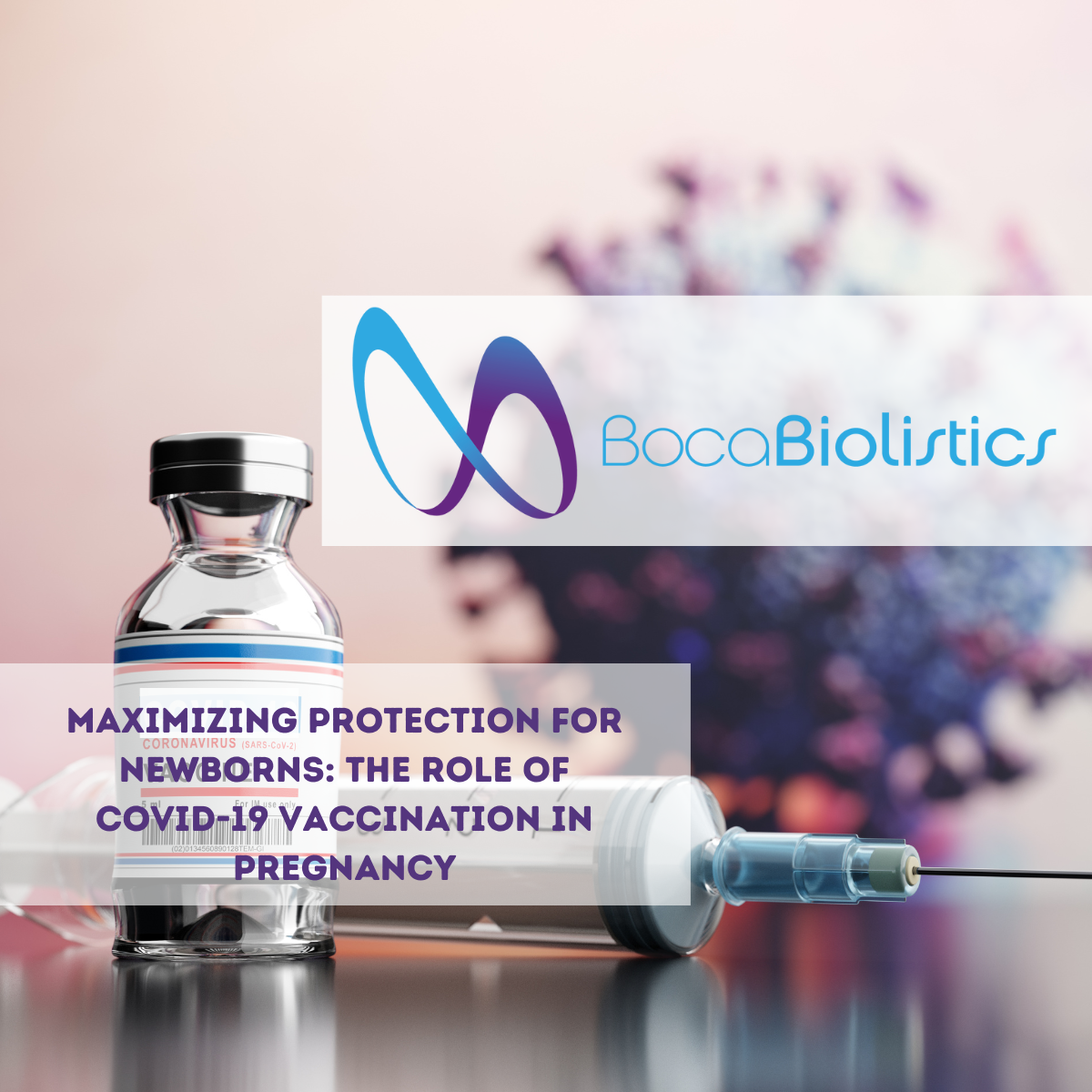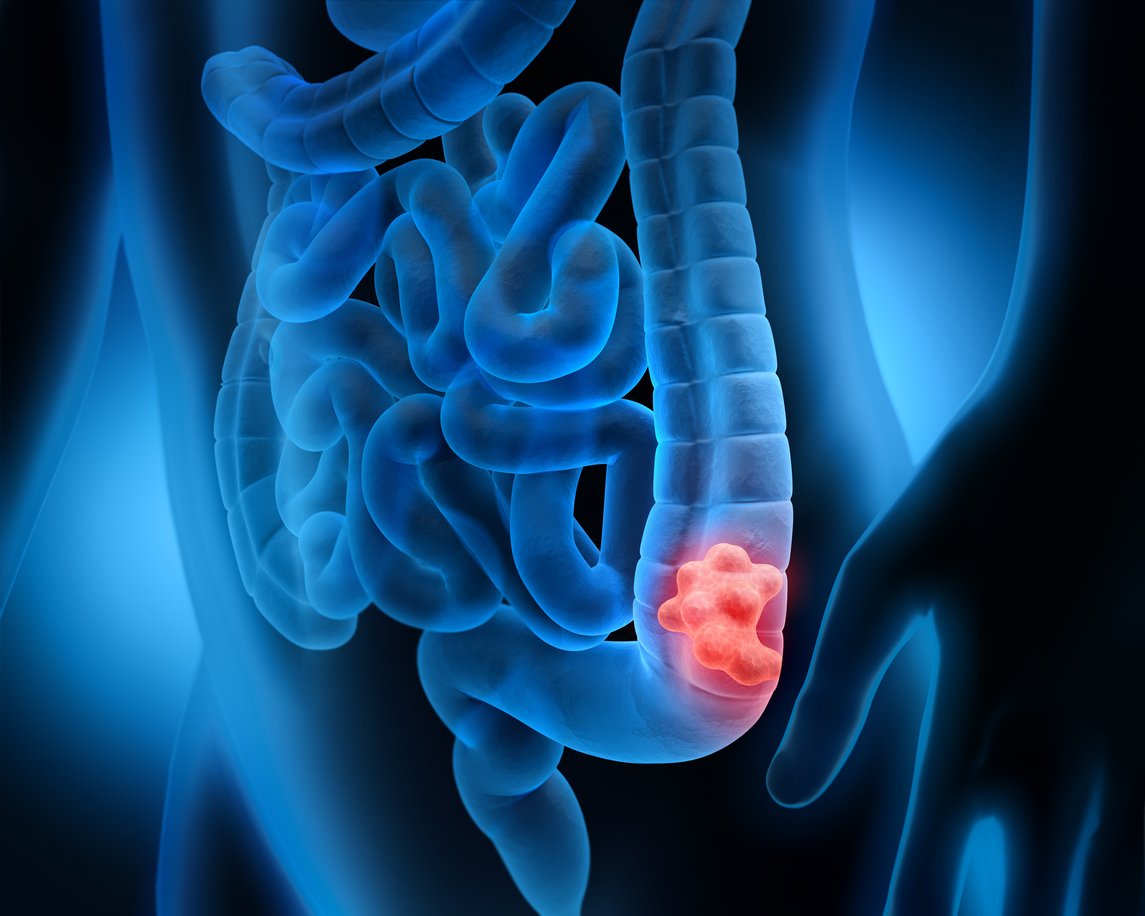Monkeypox (MPV) is a disease caused by the monkeypox virus. It's a rare infection most commonly found in west and central Africa but has recently been seen in other parts of the world. According to the CDC, as of August 22, 2022, there were 47,652 monkeypox cases globally, with the U.S. accounting for 17,432 cases.
This blog will look at what monkeypox is, its causes, symptoms, prevention, and treatment.
What is Monkeypox?
As mentioned earlier, monkeypox is a rare disease caused by the monkeypox virus. It's part of the same family of viruses, such as variola, which causes smallpox, although it's less severe.
Monkeypox is primarily common in west and central Africa, usually in close proximity to tropical rainforests. Animal hosts of the monkeypox virus include a wide range of rodents and non-human primates.
There are two types of the monkeypox virus: the west African strain and the central African (Congo Basin) clade. The Congo Basin clade has historically caused more severe disease and is thought to be the more transmissible of the two. So far, the strain in the current monkeypox outbreak seems similar to that seen in west African nations and has caused mild illness in many people infected with the virus.
Monkeypox Symptoms
People infected with monkeypox get a rash on or near their genitals or anus or in other places such as the face, hands, feet, chest, or mouth. The rash may initially resemble a blister or pimple and may be itchy or painful. The rash usually goes through various stages, including scabs, before it heals.
Other symptoms of monkeypox include:
- Chills
- Fever
- Swollen lymph nodes
- Muscles aches and back aches
- Headache
- Respiratory issues (e.g., cough, sore throat, or nasal congestion)
- Exhaustion
You may experience all or some of the symptoms. Some people get a rash fast followed by other symptoms, others get flu-like symptoms followed by the rash, and others only experience a rash.
Monkeypox symptoms usually manifest within 21 days of exposure to the virus. The illness typically lasts between 2-4 weeks, spreading from when the symptoms start until the rash has healed.
How Does Monkeypox Spread?
Monkeypox is spread in various ways, including:
- Person-to-person through direct contact with the infectious scabs or rash
- Respiratory secretions during prolonged face-to-face contact or bodily fluids during physical contact, such as cuddling, kissing, or sex
- Animal-to-person transmission through broken skin like scratches or bites. Or contact with an infected animal's blood, fluids, or pox lesions
- Coming into contact with recently contaminated items such as bedding, clothing, and linen used by an infected person or animal
Most places where people congregate, such as schools, workplaces, gas stations, grocery stores, or public transportation, aren't considered high-risk for monkeypox transmission.
How is Monkeypox Diagnosed?
Since monkeypox is a rare disease, a healthcare provider may at first suspect other rash illnesses such as chickenpox and measles. However, swollen lymph nodes often differentiate monkeypox from other pox-related conditions.
To diagnose monkeypox, healthcare providers usually take tissue samples from a lesion. They send the sample to the lab for polymerase chain reaction (PCR) testing. They may also take a blood sample to check for the monkeypox or antibodies your immune system produces to fight the disease.
According to a Genetic Engineering & Biotechnology News article titled "Monkeypox Test Distinguishes Between Five Lesion-Causing Viruses," a syndromic PCR-based test launched by Qiagen can be used to distinguish monkeypox from other pathogens with similar symptoms.
How is Monkeypox Treated?
Monkeypox is a self-limited disease whose symptoms last between 2-4 weeks. Most people infected with the disease get well on their own without any treatment.
When found to have monkeypox, your healthcare provider will monitor your condition. They will try to prevent dehydration, relieve your symptoms, and give you antibiotics to treat secondary infections that develop. At the moment, there is no approved antiviral treatment for monkeypox.
Is there a Monkeypox Vaccine?
On June 28, 2022, the U.S. national monkeypox vaccine strategy was announced. Multiple federal agencies, including the U.S Food and Drug Administration (FDA), the Administration for Strategic Preparedness and Response (ASPR), the National Institute of Health (NIH), and the Center for Disease Control and Prevention (CDC), are tasked with coordinating the vaccination strategy.
Two vaccines may be used for the prevention of monkeypox:
- JYNNEOS: This vaccine is approved for the prevention of monkeypox and smallpox. JYNNEOS is a two-dose vaccine –it takes 14 days after getting the second dose of the vaccine for its immune protection to reach its maximum.
- ACAM2000: This vaccine is approved for immunization against smallpox and is also available for use against monkeypox under an Expanded Access Investigational New Drug (EA-IND) protocol.
People can be vaccinated after exposure to the monkeypox virus to help prevent the monkeypox disease. When given early enough (within four days), the vaccine may reduce the severity of the disease.
How to Prevent Monkeypox
The appropriate measures to take to prevent the spread of the monkeypox virus include:
- Avoiding contact with people who may be infected by the virus
- Avoiding contact with bedding, clothing, and other items infected with the virus
- Avoiding contact with infected animals, special sick or dead ones
- Thoroughly cooking meals that contain animal meat or parts
- Washing your hands frequently with soap and water
- Cleaning and disinfecting frequently touched places
- Practicing safe sex, including using condoms and dental dams
- Wearing a mask that covers your nose and mouth when around others
- Using protective gear and equipment when attending to or caring for people infected with monkeypox.
- World Health Organization (WHO) recommends limiting the number of sexual partners
What To Do If Exposed to the Monkeypox Virus
According to the CDC, suppose you've been exposed to an infected person or animal, you should monitor your health for about three weeks after the exposure. You can go about your day-to-day normally if you don't manifest any symptoms. However, you shouldn't donate blood, cells, tissues, semen, or breast milk during the three-week monitoring period.
Take your temperature twice daily. If you develop a fever (100.4 and above), swollen lymph nodes, chills, or a new rash, immediately self-isolate and reach out to your local or state healthcare department for guidance.
Suppose you only have swollen glands and chills but no rash or fever, isolate at home for 24 hours. If you develop a fever during this time, contact the health department.
And suppose you don't develop a fever but still have swollen glands and chills after 24 hours, reach out to your health provider for a prognosis.
Boca Biolistics is supporting the scientific community with its comprehensive biorepository of specimens. Our team uses the best practices and the highest standards in the industry for the collection, storage, and management of biological samples and clinical data. View our biospecimen inventory.


.png)






